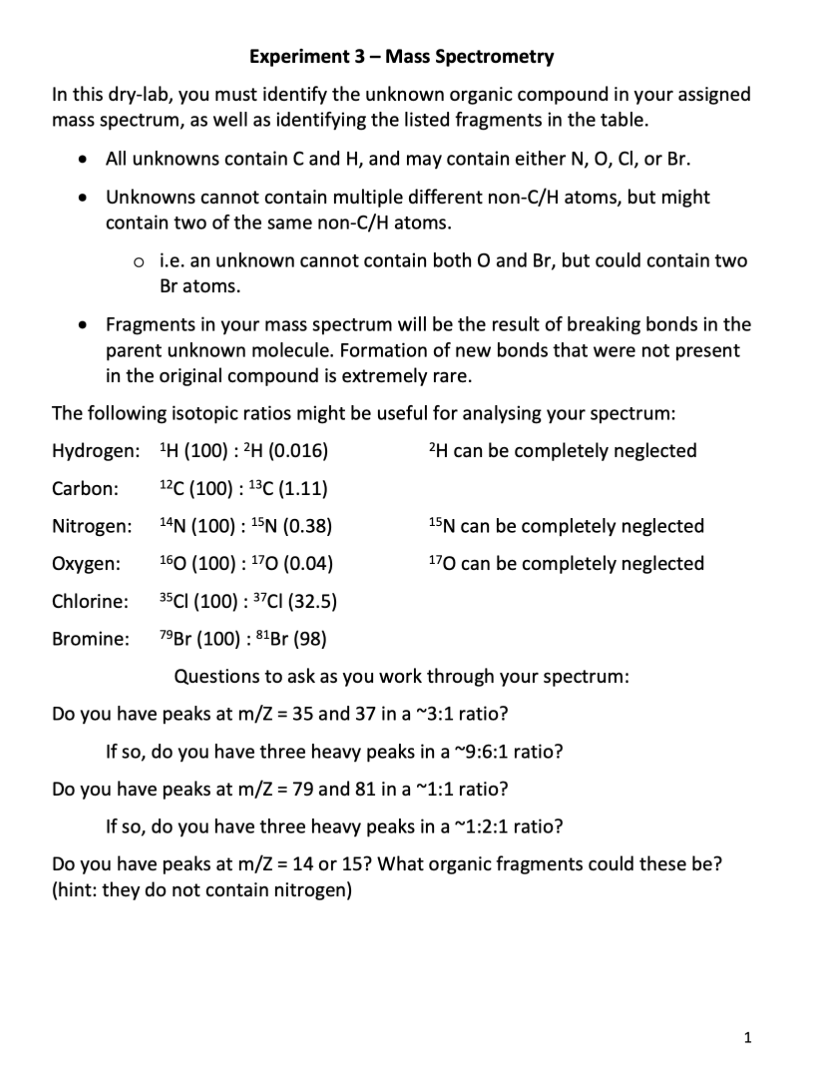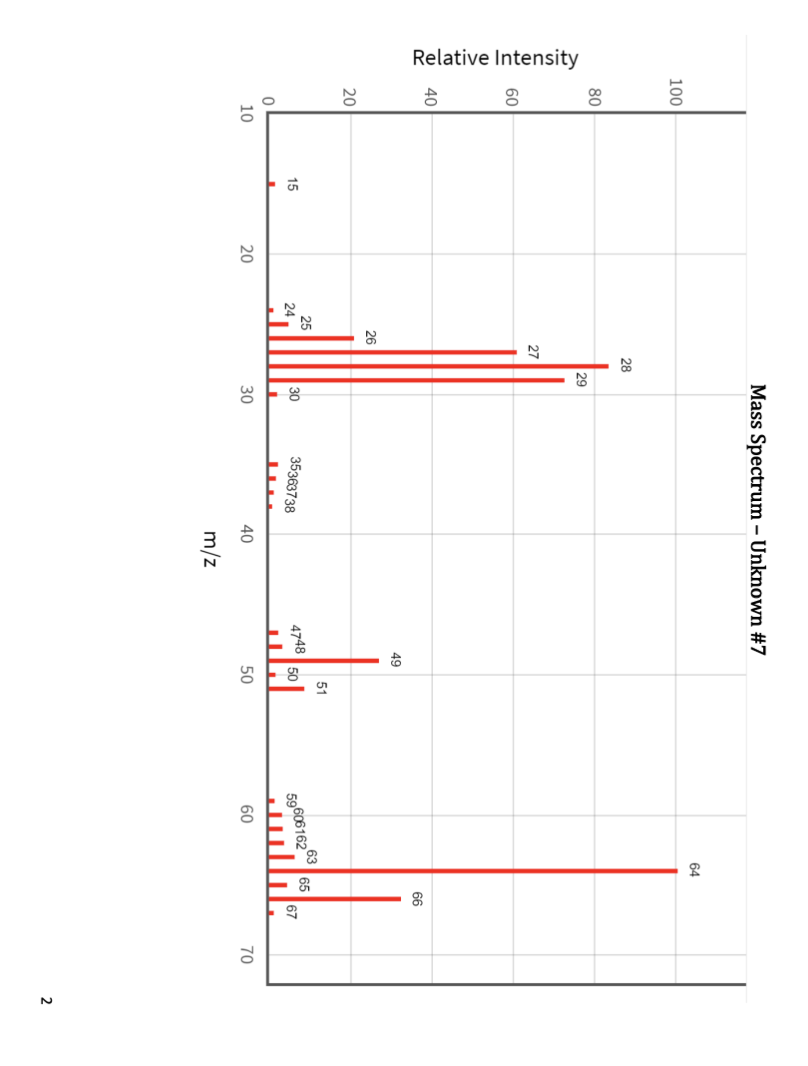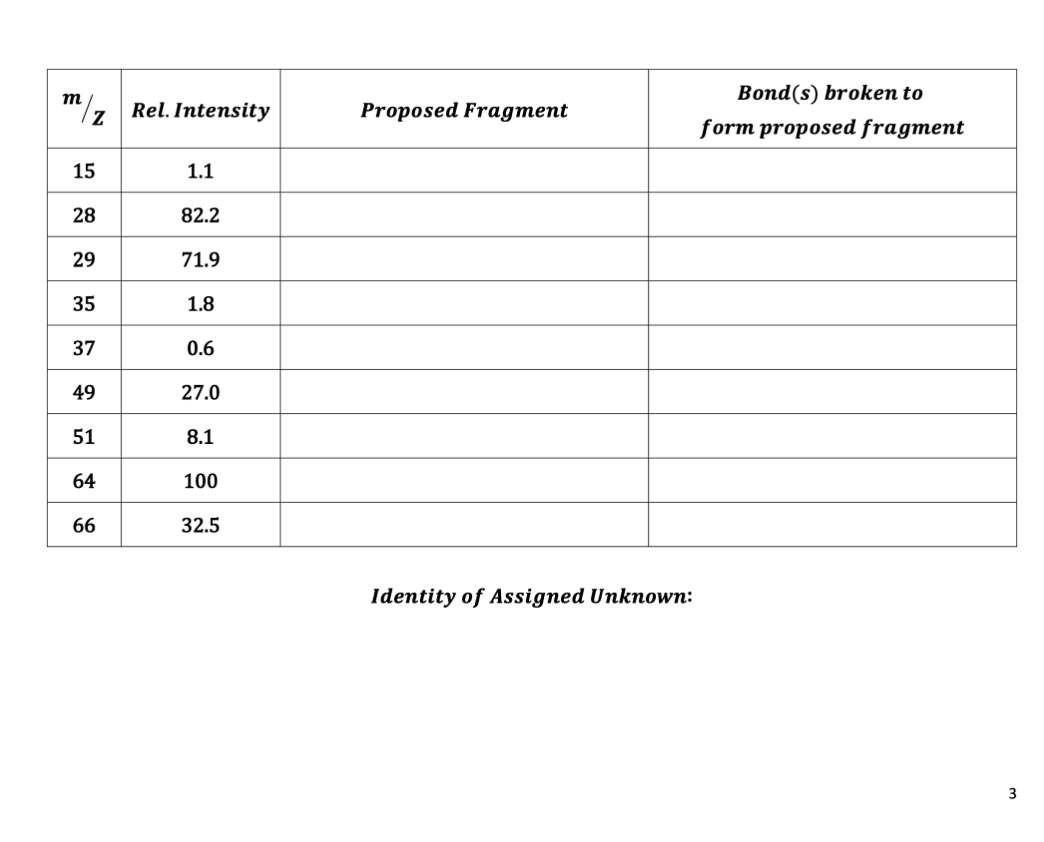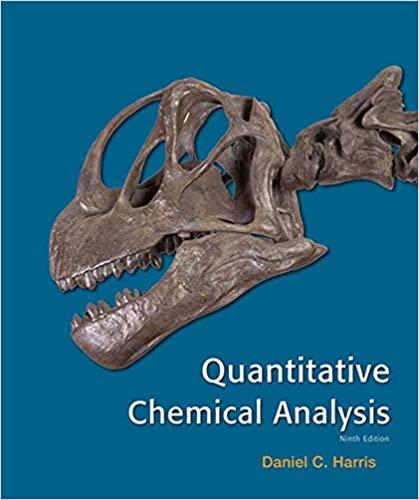Answered step by step
Verified Expert Solution
Question
1 Approved Answer
Use the data on the graph to identify the unknown and assign the fragment peaks in the mass spectrum. Fill out the table thanks Experiment


 Use the data on the graph to identify the unknown and assign the fragment peaks in the mass spectrum. Fill out the table thanks
Use the data on the graph to identify the unknown and assign the fragment peaks in the mass spectrum. Fill out the table thanks
Step by Step Solution
There are 3 Steps involved in it
Step: 1

Get Instant Access to Expert-Tailored Solutions
See step-by-step solutions with expert insights and AI powered tools for academic success
Step: 2

Step: 3

Ace Your Homework with AI
Get the answers you need in no time with our AI-driven, step-by-step assistance
Get Started


